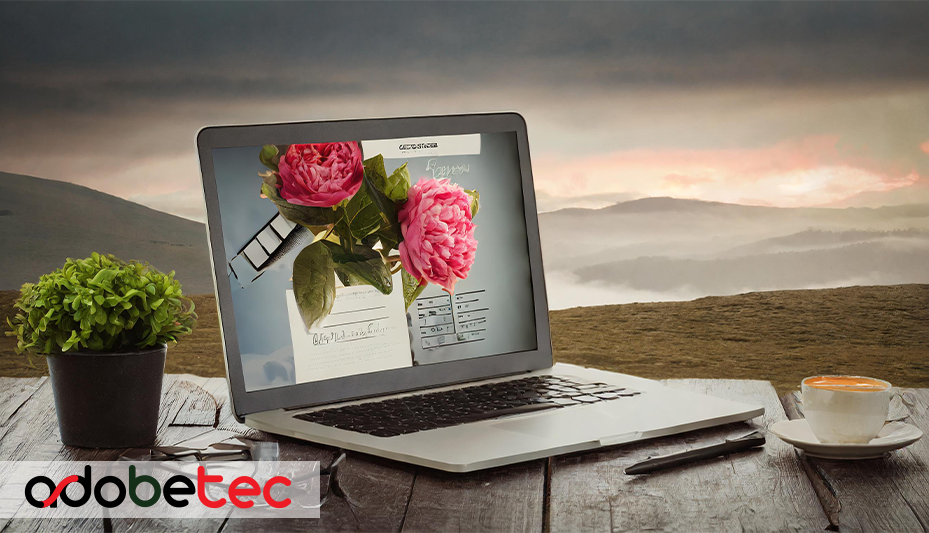Web design encompasses a variety of techniques aimed at creating visually appealing, user-friendly, and functional websites. Here are some key web design techniques:
- Responsive Design: Responsive design ensures that websites adapt and display appropriately on various devices and screen sizes, including desktops, laptops, tablets, and smartphones. Designers use techniques like fluid grids, flexible images, and media queries to create responsive layouts that provide optimal viewing and user experience across different devices.
- Mobile-First Design: With the increasing prevalence of mobile devices, many designers adopt a mobile-first approach, focusing on designing for smaller screens first and then scaling up to larger screens. This approach prioritizes essential content and functionality, ensuring a seamless experience for mobile users.
- User-Centered Design (UCD): User-centered design focuses on understanding the needs, behaviors, and preferences of website users and designing interfaces that meet their requirements. Designers conduct user research, usability testing, and user feedback sessions to inform their design decisions and create intuitive and user-friendly interfaces.
- Visual Hierarchy: Visual hierarchy refers to the arrangement and emphasis of visual elements on a web page to guide users’ attention and prioritize content. Designers use techniques like size, color, contrast, typography, and spacing to create a clear hierarchy of information and make important content stand out.
- Navigation Design: Navigation design involves creating intuitive and easy-to-use navigation menus and systems that help users navigate through the website and find the information they need quickly. Designers use techniques like clear labels, logical grouping, visual cues, and breadcrumb trails to enhance navigation usability.

- Whitespace Usage: Whitespace, also known as negative space, refers to the empty space between and around elements on a web page. Designers use whitespace strategically to create breathing room, improve readability, and emphasize key content. Well-utilized whitespace can enhance visual appeal and user experience.
- Typography: Typography plays a crucial role in web design, influencing readability, usability, and visual appeal. Designers carefully choose typefaces, font sizes, line spacing, and typography hierarchy to ensure readability across different devices and screen sizes. Clear and legible typography enhances content comprehension and engagement.
- Color Scheme: Color scheme selection is essential in web design to create a visually cohesive and appealing interface. Designers choose color palettes that reflect brand identity, evoke desired emotions, and provide good contrast for readability. Consistent use of color throughout the website enhances brand recognition and visual harmony.
- Accessibility Design: Accessibility design focuses on ensuring that websites are usable and accessible to people with disabilities, including those with visual, auditory, motor, or cognitive impairments. Designers follow accessibility guidelines and standards such as the Web Content Accessibility Guidelines (WCAG) to design inclusive interfaces that accommodate diverse user needs.
- Performance Optimization: Performance optimization techniques aim to improve website speed, load times, and overall performance. Designers optimize images, minify code, leverage caching, and employ other optimization techniques to enhance user experience, reduce bounce rates, and improve search engine rankings.
These are just a few examples of the many techniques used in web design. Effective web design involves a combination of technical expertise, creativity, and understanding of user needs to create engaging and functional websites.
Study digital design with us. Contact us for more information.

